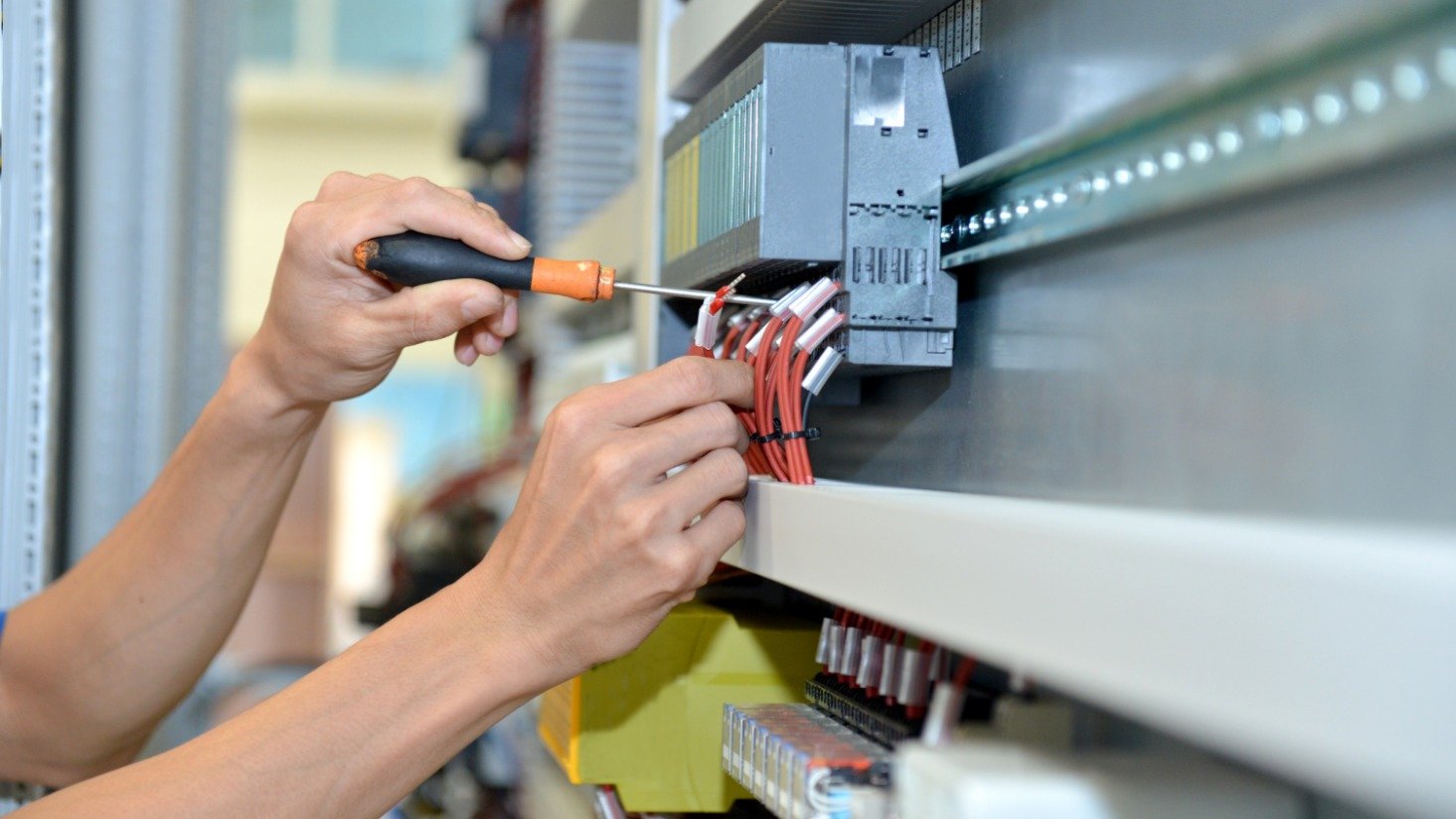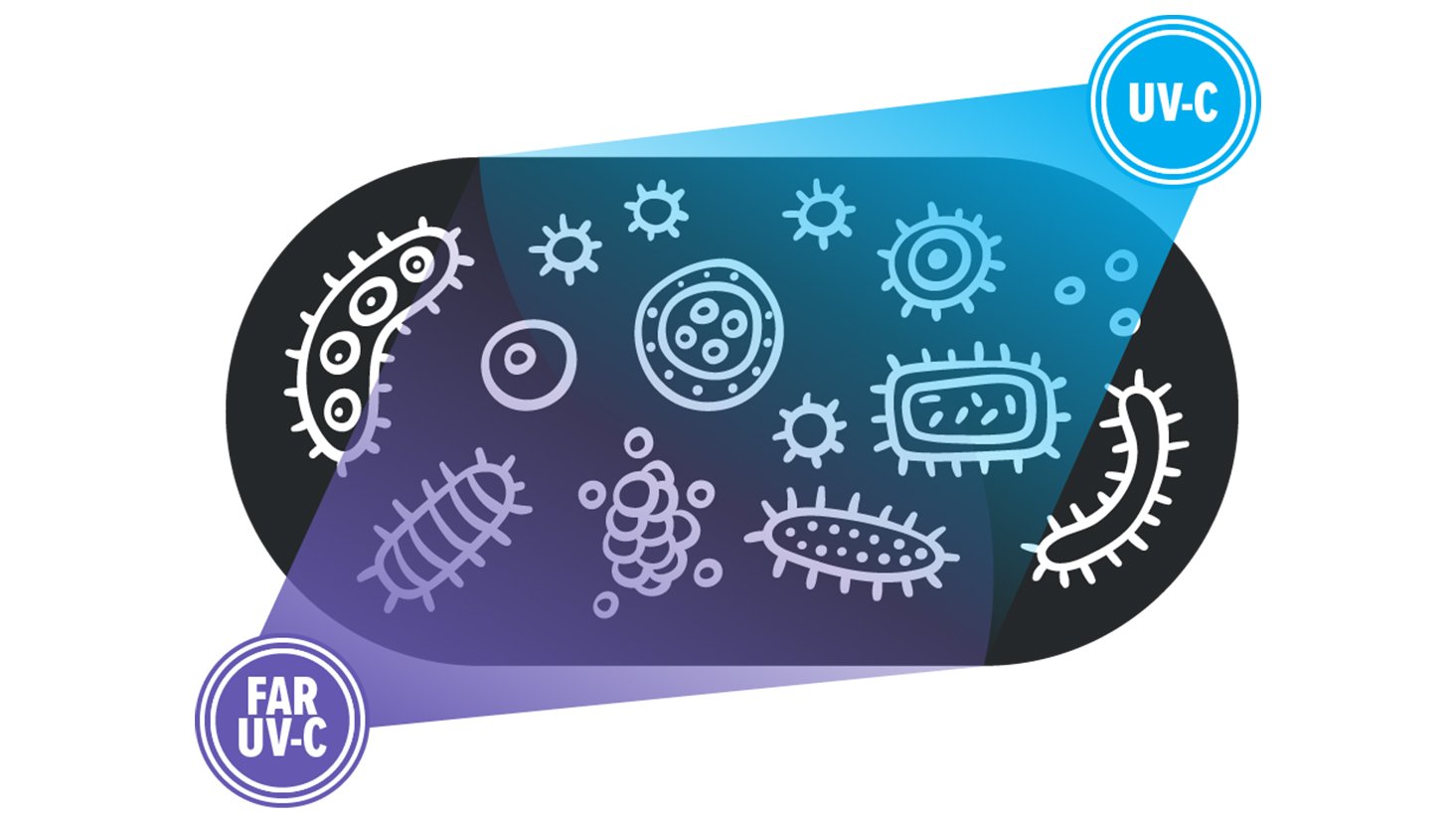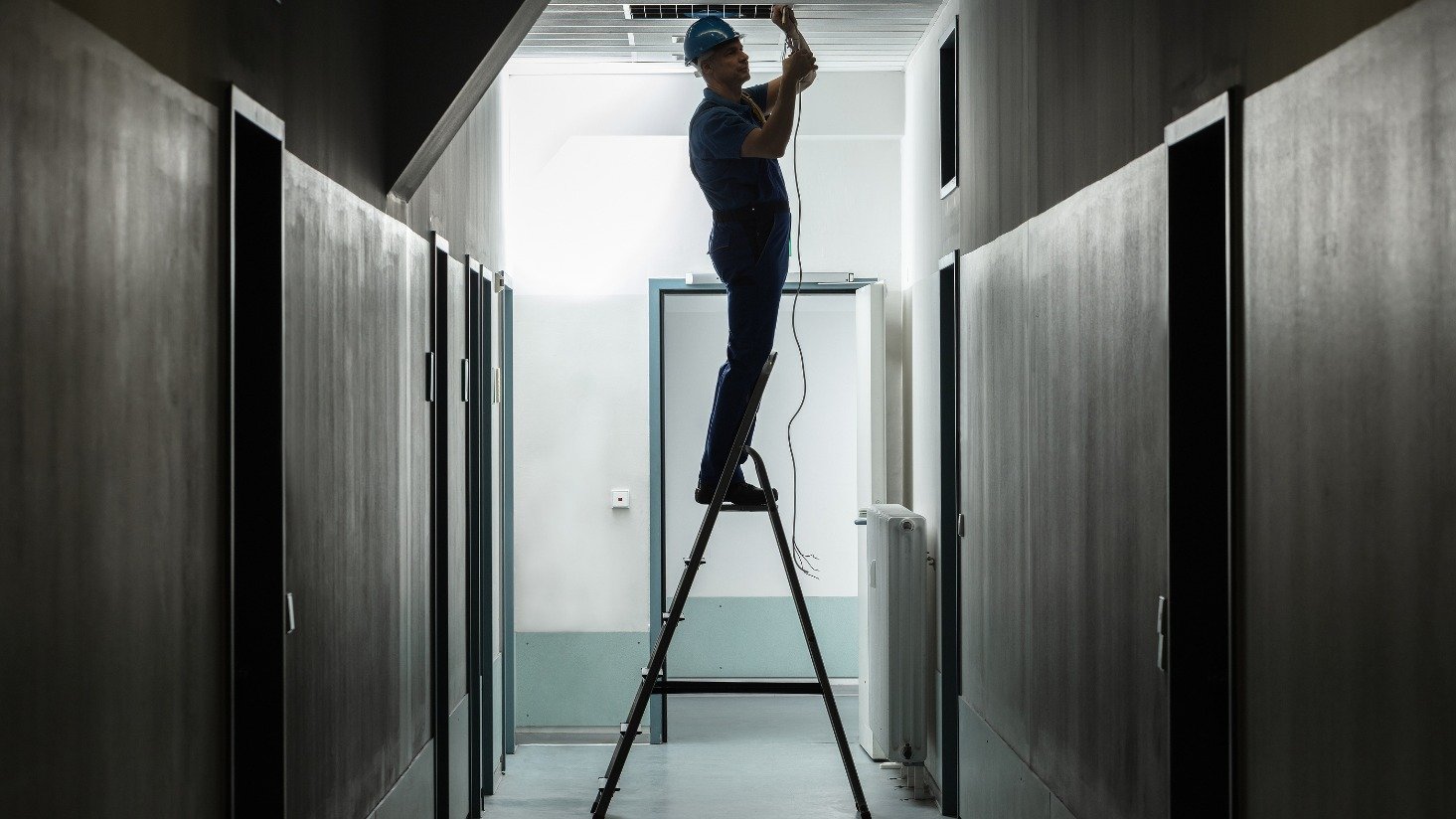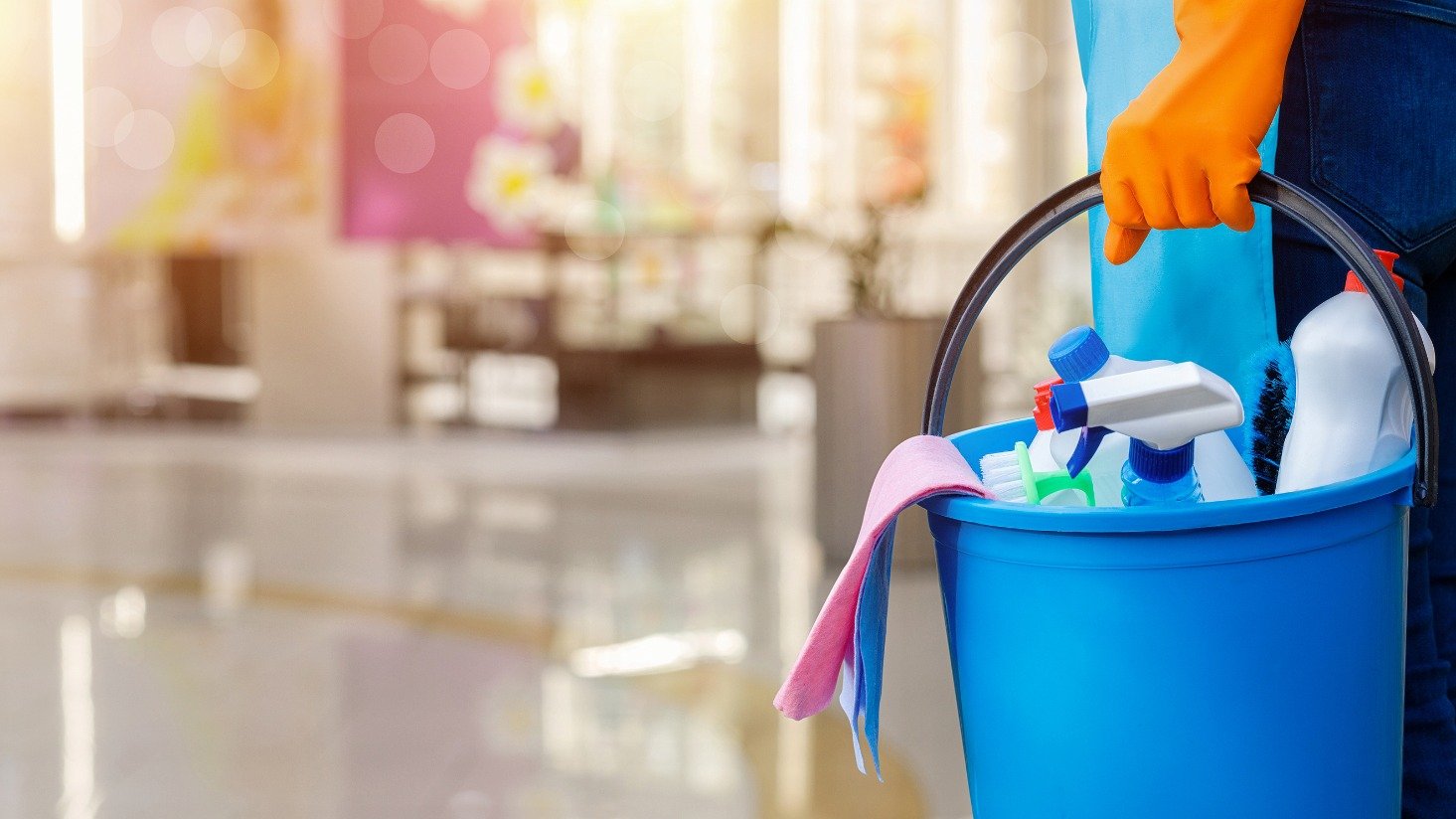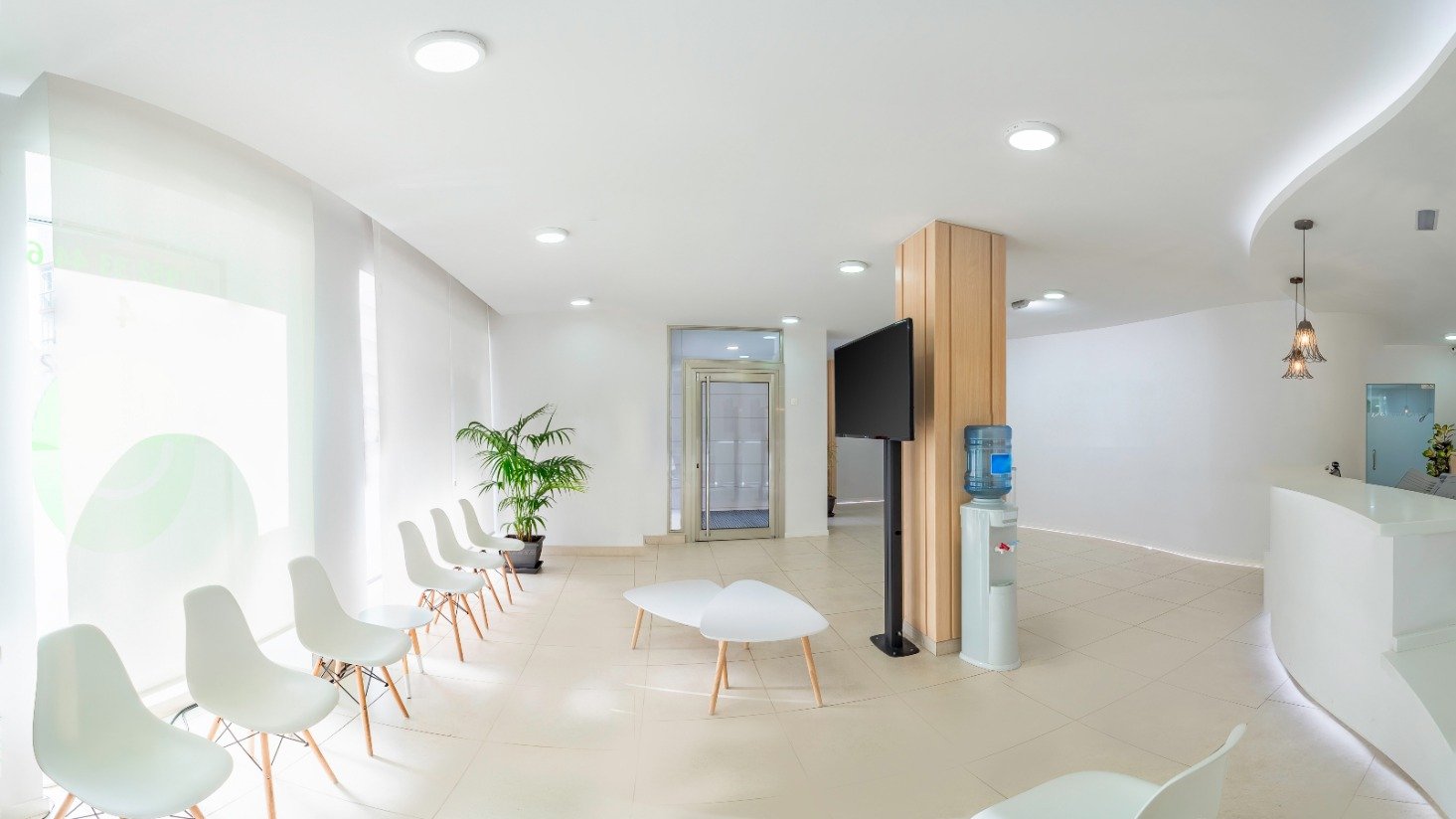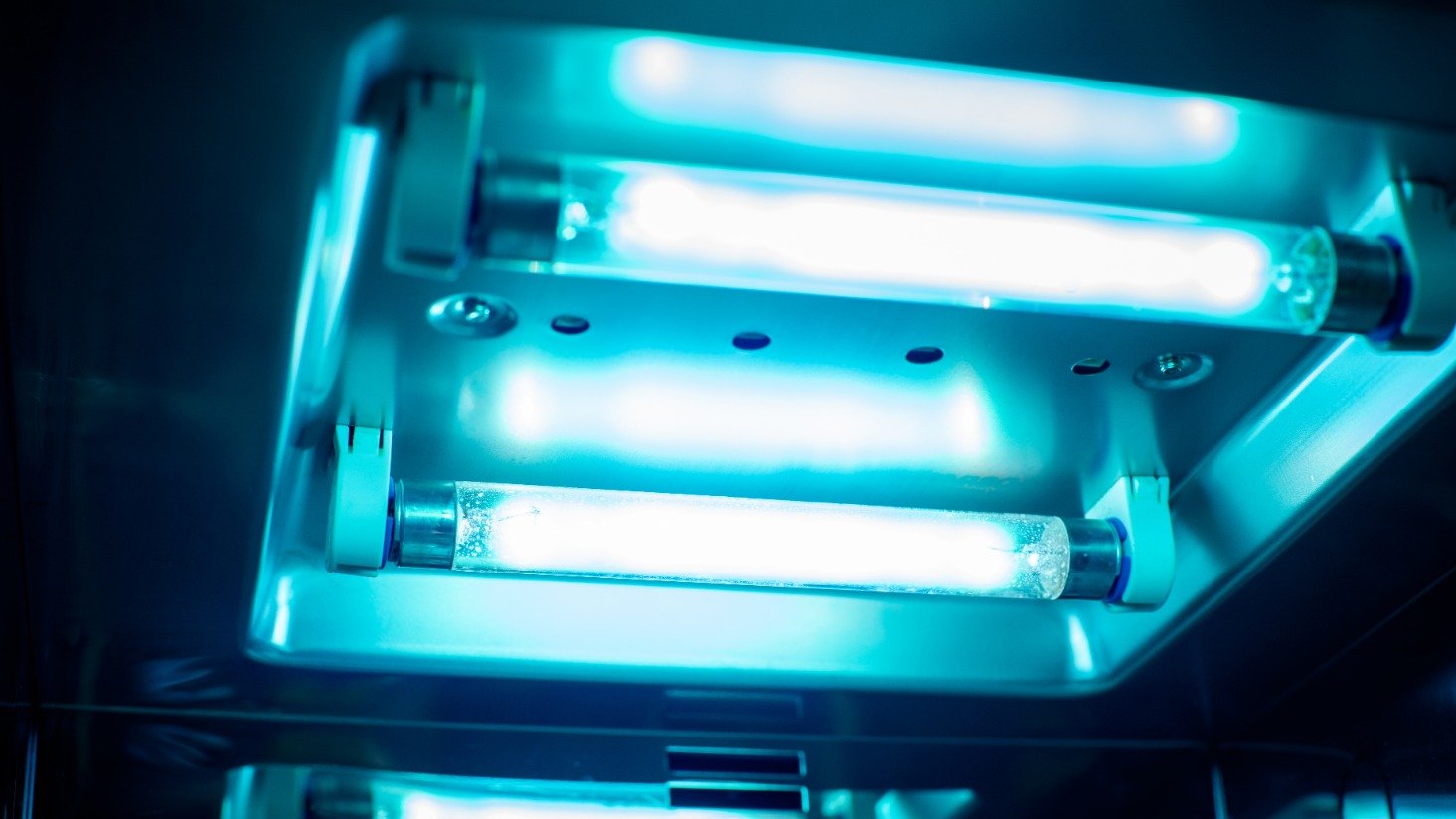Safety guidelines for UV-C products
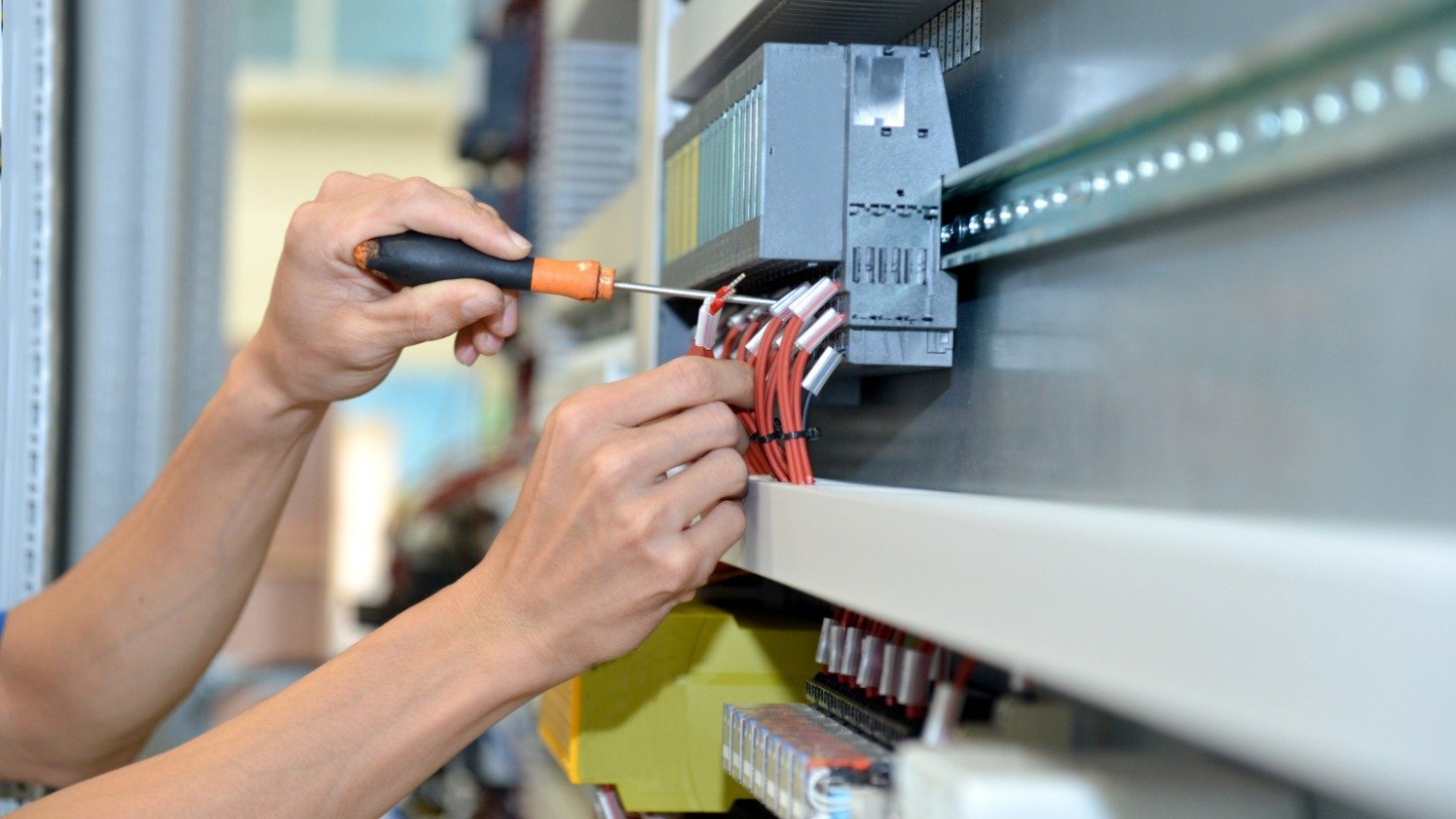
UV products are much different than your standard lighting products. You can't just plug them in and turn them on.
There are safety guidelines that need to be followed during installation and operation to make sure the products are effective and safe.
UV products emit UV-C rays, which are even more energetic than UV-A and UV-B rays from the sun. Exposure to UV-C light can cause burns on your skin and could damage the retina of your eye.
That's why it's extremely important to make sure your UV system is as safe as possible.
We're covering two parts of best practices for handling UV-C light in this article: how to safely install UV-C fixtures and how to safely operate UV-C fixtures.
UV-C Installation Safety Guidelines
1. Use a trusted electrician to install UV-C lights
The first and most important consideration for installation of UV-C (also called germicidal UV) products is to hire a trusted electrician.
UV-C fixtures most likely need to be wired on a separate circuit. You don't want to turn on your general light fixtures and your UV-C fixtures at the same time. Most UV-C fixtures require room to be empty, so using a separate circuit is a key safety measure.
Plus, with multiple options for controls, an electrician should handle this installation to make sure the entire system works properly.
2. Consider controls for UV-C lights
Have you thought about using controls for UV-C light?
Controls for UV-C products are even more important than controls for standards lighting products. This isn't about saving energy. Controls help make sure no one is exposed to harmful UV-C light.
Resource: A warning about the safety of UV products from lighting industry experts
Some UV-C fixtures come with an occupancy sensor that will automatically stop a fixture if someone walks into a room during a run cycle.
Other products may have a sensor, but no designated run time. That means the fixtures will run until they're shut off.
These measures alone may not be enough to meet safety certifications and code.
Controls can give you more control over your UV system.
Most of the time, you can use the same controls for UV-C products as you do for other lighting products.
There are several options to consider.

Using timers with UVC fixtures
What happens when a trained worker starts a UV-C cycle in an empty room, but then gets called to another part of the building?
Those germicidal UV fixtures continue to run until they're stopped.
A timer allows you to set up a designated run time, whether it's five, 10, 15, or 30 minutes.
A timer is also a great tool to make sure your room or area receives the expected UV dose.
There are several factors that play into finding the right dosage, and time is one of them. In general, the longer a fixture runs, the stronger the UV dose.
You may also want to consider installing a switch outside of a room along with the timer. The switch should have a different colored face plate to note that it is not used for standard lights.
Using control systems with UVC fixtures
Your building may already have a control system in place.
It might be possible to add UV-C fixtures to your existing system. Or, to make sure UV-C products aren't accidentally turned on, you may want to consider an additional control system just for UV-C fixtures.
Control systems can allow you to adjust multiple settings, like how long a cycle runs and when a cycle should run. A control system may also shut off fixtures if a door is opened while a UV-C fixture is running.
Using wireless controls with UVC fixtures
Wireless controls are becoming a more popular option with standard lighting fixtures because they do not require hard wiring into walls.
Depending on the wireless system you decide to buy, you can have just as much control as the system mentioned above.
Using programmable switches with UVC fixtures
If you know when rooms or areas are going to be empty, programmable switches might be an option to consider.
Similar to a programmable thermostat for an HVAC system, you can set your UV-C fixtures on a programmable switch to run at the same time on the same cycle length every day.
Programmable switches may be an option for schools, retail stores, and restaurants where UV-C fixtures can often run at the same time every night.
These may not be a great option for healthcare facilities or hotels where a room could be occupied at any time.
3. Install an indicator light for UV-C lights
Installing an indicator light outside of a room is one more step to make sure no one enters while a germicidal UV fixture is running.
You can think of it like a light outside of a recording studio. When the light is on, that means don't come in.
4. Hang UV-C warning signs
Hanging a warning sign outside of a room is another measure to make sure no one enters while a cycle is running.
Even a simple sign can draw attention to the fact that something is different and extra caution should be taken.
Here is an example:
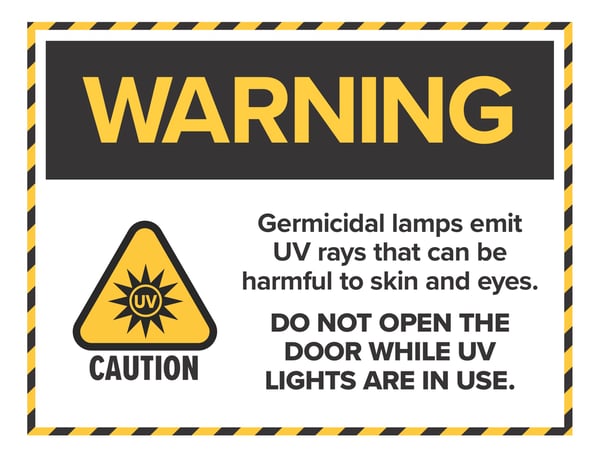
Best practices for operating UV-C fixtures
The first best practice that should be followed with operating UV-C fixtures is to read the operations manual and follow any user training from the manufacturer.
If your product does not come with detailed information about how to use it safely, consider that as a warning sign and choose another product from a reputable manufacturer.
There is no set regulation process for UV products, which means there are plenty of faulty or dangerous products on the market. Read more about which standards and regulations you should look for on a product here.
1. Make sure the room is empty
If we have not made it clear enough yet, no one should be in the room when a UV-C fixture is running. UV-C rays can damage the skin and eyes.
On top of the potential for burns, some UV devices also produce ozone as part of their cycle. The FDA notes that ozone levels in UV products may be above the safety recommendation for humans.
Some UV products may also leave an unpleasant smell after a cycle is complete. While the smell is not harmful, it's another reason to consider leaving the room during and after a cycle.
Resource: FDA guidelines for using UV-C
2. Cover your eyes
If trained workers need to be in a room while UV-C fixtures are running (like a handheld wand), they should wear plastic or glass face shield or goggles to protect the face and eyes.
Some products will even include safety goggles to wear during use.
3. Wear long sleeves and gloves
Again, only if exposure to UV-C cannot be avoided, make sure to cover skin completely.
Nitrile gloves or work gloves can protect a worker's hands. He or she should also wear clothing made from tightly woven fabrics that covers the entire body.
Because UV-C products can leave burns on the skin, it's important to make sure the proper safety guidelines are followed.
Testing UV-C fixtures
Now that your UV-C fixtures are installed and operating safely, how do you know if they are really working?
There are several tools you can use to measure the results. One option is a UV-C radiometer, which is a data storing device that can measure UV-C levels without anyone in the room.
Another tool is called a UVC dosimeter. It's a card or dot that changes that color based on the dose of UVC received.
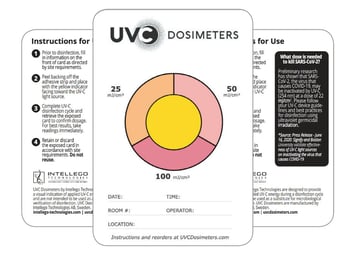 For reference, the dose needed to inactivate coronaviruses similar to SARS-CoV-2 (the virus that causes COVID-19) is between 10 and 20 mJ/cm² in laboratory settings.
For reference, the dose needed to inactivate coronaviruses similar to SARS-CoV-2 (the virus that causes COVID-19) is between 10 and 20 mJ/cm² in laboratory settings.
Questions about UV-C safety and installation
Safety is critical for the installation and operation of UV-C products. If you have any questions about selecting the right system and how to make sure it works properly, please do not hesitate to contact us.
More resources on UV-C fixtures:
